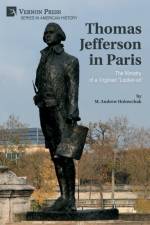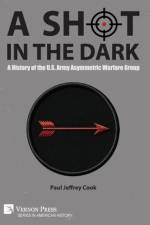av Stephen Chapin Kinnaman
1 031
Merrimack is the biography of a warship, the U.S. Steam Frigate Merrimack. Her name has long been linked to the first duel of ironclads, an epic Civil War battle fought at Hampton Roads between the Monitor and Merrimack. But over time the myth of the Merrimack-actually the C.S.S. Virginia-displaced the memory of a magnificent antebellum U.S. Navy warship. The steam frigate Merrimack lost her identity. Nearly forgotten is the story of the original Merrimack, the namesake of a class of six powerful war steamers. When built she was the largest vessel in the U.S. Navy, the nation's first screw-propelled frigate and the earliest major warship to be armed entirely with shell-firing guns. Her first commission took her on a tour of the principal naval stations of Europe. During her second commission, she served as flagship of the Navy's Pacific Squadron, cruising the shores of Chile, Peru, Panama, Hawaii, Mexico and Nicaragua. Through the copious use of Merrimack's deck logs, official correspondence, contemporary newspapers and journals, and original construction plans, the author's research illuminates the mechanical issues and human interactions that indelibly shaped Merrimack's brief career. The author provides an unparalleled glimpse into the day-to-day events that defined the life of an active antebellum warship. But Merrimack offers more than just a summary of the ship's operational life. The author, a professional naval architect and marine engineer, dissects the origins of her design and compares the Merrimack class steam frigates to contemporary U.S. and British warships. He also examines the controversy surrounding her troubled engines, documenting their performance using archived drawings and steam log data. In summary, Merrimack embraces the many threads of a bygone era-history, biography, geography and technology-and has woven them together in telling of the story of the U.S. Steam Frigate Merrimack.

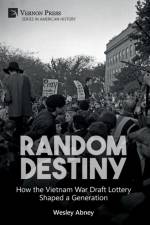
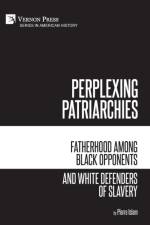
![Merrimack, The Biography of a Steam Frigate [B&W] af Stephen Chapin Kinnaman](https://cdnbackdoor.tales.as/thumbnail/150x225/00105/99932/cover.1568163144.jpg)
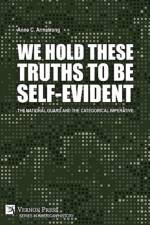
![Florentine Ariosto Jones: A Yankee in Switzerland and the Early Globalization of the American System of Watchmaking [B&W] af Frank Jacob](https://cdnbackdoor.tales.as/thumbnail/150x225/products/00128/12441/florentine-ariosto-jones-a-yankee-in-switzerland-and-the-early-globalization-of-the-american-system-of-watchmaking-bw.jpg)
![Florentine Ariosto Jones: A Yankee in Switzerland and the Early Globalization of the American System of Watchmaking [Premium Color] af Frank Jacob](https://cdnbackdoor.tales.as/thumbnail/150x225/products/00128/12446/florentine-ariosto-jones-a-yankee-in-switzerland-and-the-early-globalization-of-the-american-system-of-watchmaking-premium-color.jpg)




